Switching from Adobe to DaVinci Resolve and Affinity: A Comprehensive Comparison
Overview of Adobe vs. DaVinci Resolve and Affinity
In this section, we explore the transition from Adobe software to DaVinci Resolve and Affinity. The speaker shares their journey, having used Adobe products like Photoshop, Premiere Pro, and After Effects since high school. However, influenced by videos discussing the benefits of switching, they decided to try DaVinci Resolve, particularly since they were already using it for color grading.
“I’ve been using Adobe software for a while now.”
The decision to explore Affinity Photo was also driven by positive reviews, leading to a complete shift away from Adobe. This section sets the stage for a deeper dive into the reasons behind this transition, including cost differences and software capabilities.
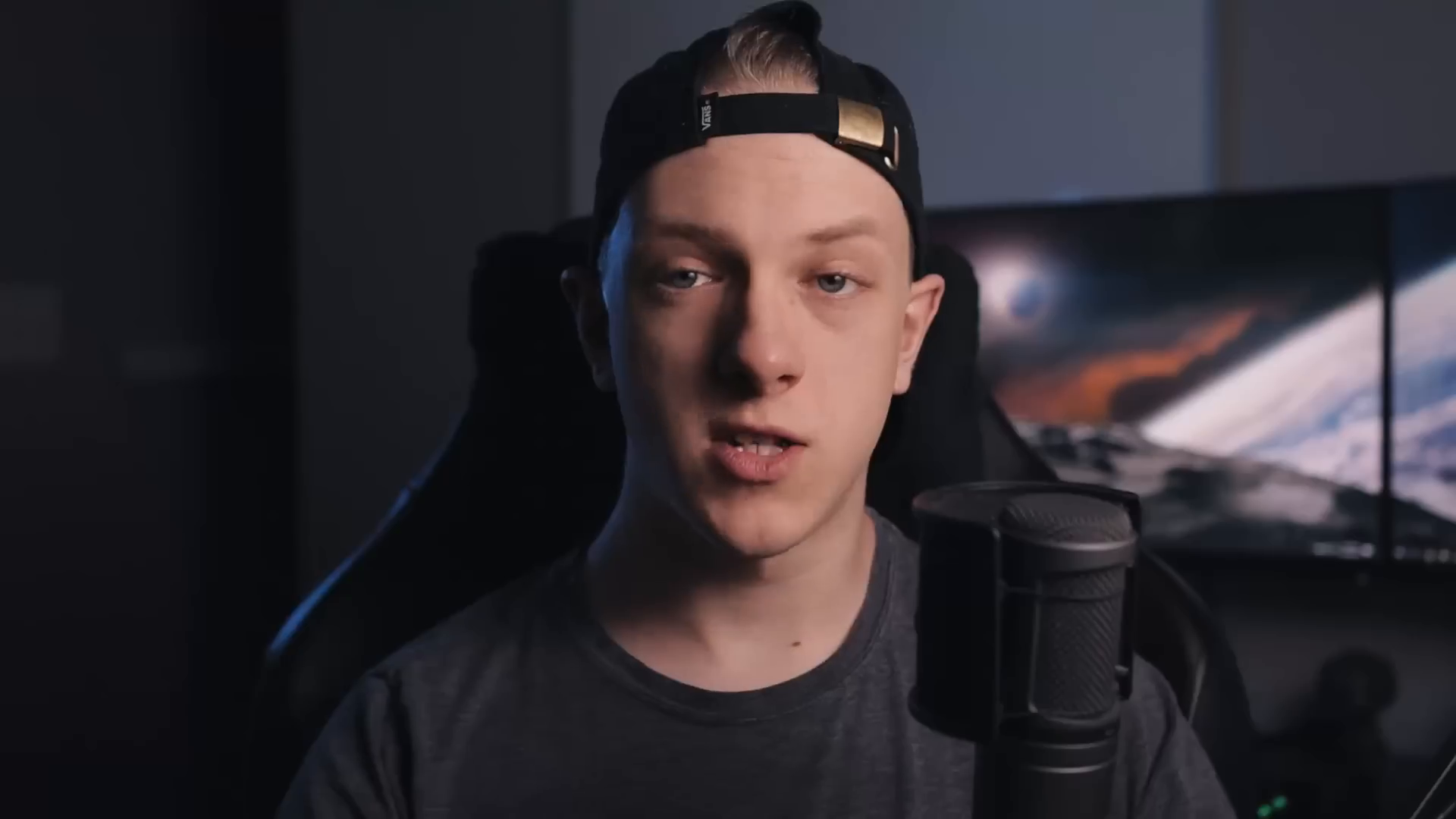
Cost Comparison: Adobe vs. DaVinci Resolve and Affinity
One of the main considerations when choosing between Adobe, DaVinci Resolve, and Affinity is the cost. Adobe operates on a subscription model, charging $53 per month for access to all their apps. This amounts to over $600 annually, which can be quite expensive for many users.
“Adobe can get pretty expensive. It’s fifty three dollars a month if you want all their apps.”
In contrast, DaVinci Resolve and Affinity offer a one-time purchase model. For the cost of just one year of Adobe’s subscription, you can purchase the DaVinci Resolve Studio version and all the Affinity apps, with over $100 left over. This means you own the software outright and receive unlimited updates without additional fees.
“For the price of just one year’s worth of Adobe apps, you could get the DaVinci Resolve Studio version and all the Affinity apps.”
This shift from Adobe’s previous model, where users could buy software outright, to a subscription model has led to some dissatisfaction. Many users miss the days of owning their software, as the current model feels more like renting.
Additionally, Adobe’s recent changes to their app logos, making them similar in color, have caused some confusion among users who were accustomed to identifying apps by their distinct colors.
Despite these issues, Adobe’s software, such as Premiere Pro and Photoshop, remains popular. However, the high cost and other concerns have led some users to consider switching to alternatives like DaVinci Resolve and Affinity.

Software Capabilities and Features
DaVinci Resolve offers a comprehensive all-in-one solution that effectively replaces multiple Adobe applications. It includes the Edit tab, which serves as an alternative to Adobe Premiere Pro, Fusion for After Effects, and Fairlight for Audition. This integration eliminates the need for Adobe’s smart links, which can sometimes be unreliable. By consolidating these features into a single software, DaVinci Resolve ensures a seamless and efficient user experience.
“In DaVinci Resolve, you have the Edit tab, which basically replaces Premiere Pro.”
Affinity Photo, on the other hand, competes with Adobe Photoshop by providing all necessary functionalities with an improved user interface. Users often find Affinity Photo’s UI more intuitive and user-friendly compared to Photoshop.
“Affinity Photo does everything I need it to that Photoshop did with a better UI.”

Ease of Use and User Experience
Transitioning from Adobe to DaVinci Resolve and Affinity can be a smooth experience, especially for those looking for integrated solutions. Users have found DaVinci Resolve particularly appealing due to its all-in-one capabilities. The ability to seamlessly switch between tasks, such as editing audio in Fairlight, without the need to open multiple applications, enhances workflow efficiency.
“It’s so nice to just swap between, like, oh, I need to edit the audio.”
DaVinci Resolve offers a free version that is sufficient for many users, while the Studio version provides additional features like collaboration and higher resolution support. Moreover, purchasing Blackmagic Designs hardware often includes the Studio version, adding value for users.
Affinity Photo is praised for its user-friendly interface, offering a comparable experience to Photoshop but with a better UI. Users who transitioned during promotional periods have found the Affinity suite to be a cost-effective alternative to Adobe’s offerings.
“Affinity Photo does everything I need it to that Photoshop did with a better UI.”
The learning curve for these applications varies. For instance, DaVinci Resolve’s Fusion tab, which is node-based, may require some adjustment for those accustomed to layer-based systems like After Effects. However, with time, users generally adapt and appreciate the robust features available.

Conclusion: Making the Switch
Switching from Adobe to DaVinci Resolve and Affinity has been a liberating experience, primarily due to the elimination of expensive monthly fees. The transition has proven to be satisfying, as the new software meets all necessary requirements without any sense of lacking.
I’m happy with the software that I have.
The decision to switch was driven by the realization that popularity does not always equate to superiority. DaVinci and Affinity have provided a robust alternative that fulfills all creative needs effectively.
Just because something is popular doesn’t mean it’s the best of the best.
This journey encourages others to explore alternatives and find solutions that best fit their personal and professional needs. The satisfaction with the switch underscores the importance of evaluating software based on individual requirements rather than market trends.



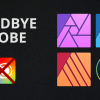


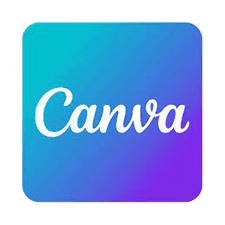
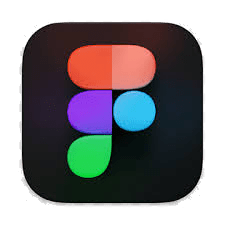
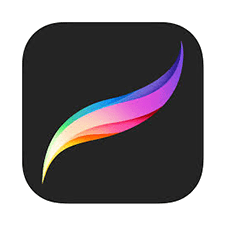

Add comment